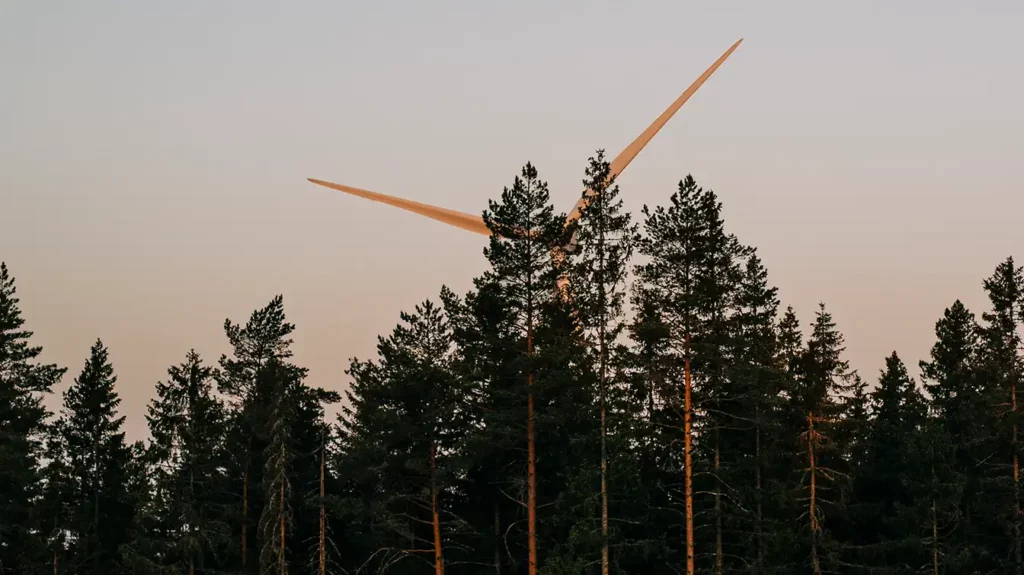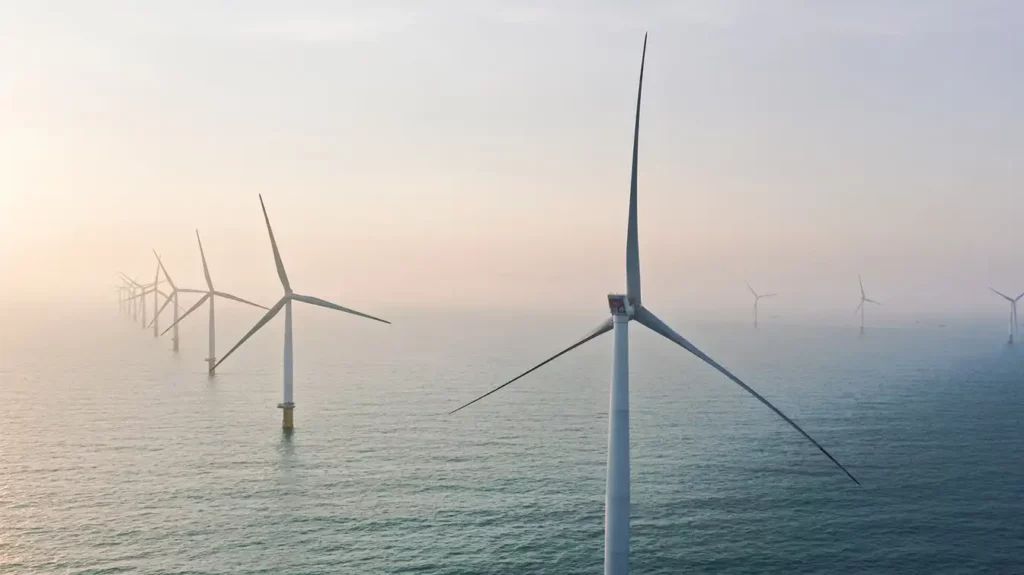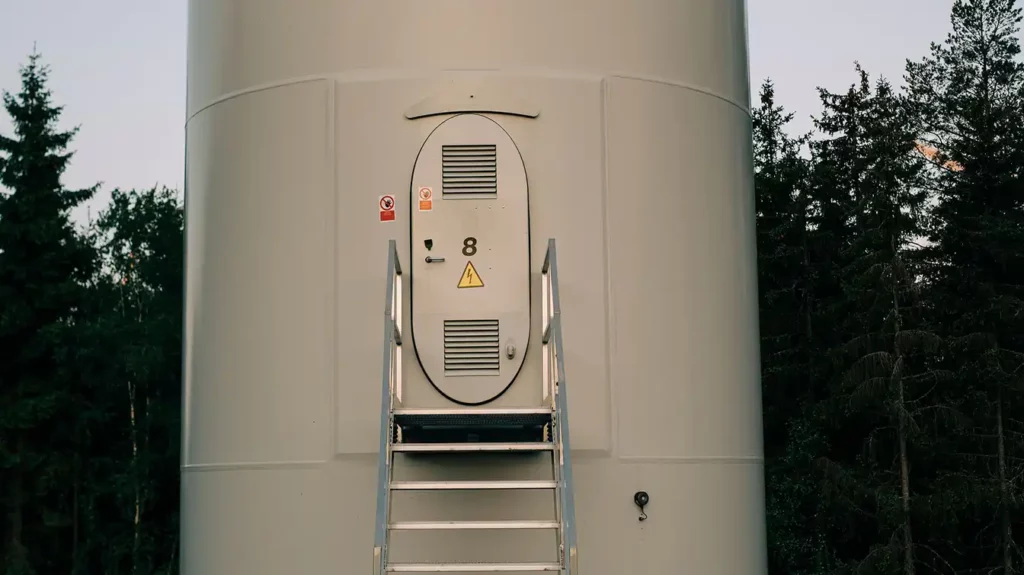Wind
Both onshore and offshore wind power play a central role in Eolus’s future initiatives in renewable energy. By utilizing the power of wind, Eolus converts this natural resource into electrical energy, which enables sustainable investments locally and internationally.
Wind turbines are strategically situated where the wind is strong and regular to optimize energy production. This form of renewable energy is part of our broader efforts to create innovative and tailor-made energy solutions, which also include solar energy and energy storage. Eolus strives for a future where everyone can live within the limits of our planet, and we are convinced that renewables are the way of the future.
kråktorpet wind farm
Onshore Wind Power
Onshore wind power is one of the cheapest, if not the cheapest, way to add new generation capacity in many markets. Accordingly, there are not only environmental reasons to expand onshore wind power but also an opportunity to contribute to competitive electricity prices. Eolus has extensive experience of establishing onshore wind power and an excellent ability to realize the best projects. To date, Eolus has established onshore wind power in Sweden, Norway, the US and Estonia.
Onshore wind power means the wind turbines are installed on land, normally on high plateaus or on the coast where the wind is strong and stable. The typical onshore wind turbine consists of a high tower with large blades that capture the wind’s energy and drive a generator to produce electricity. This type of wind power is relatively common and has become a popular feature of the landscape all over the world, enabling local energy production and reducing fossil-fuel dependence.
Offshore wind farm
Offshore Wind Power
Offshore wind power means the wind turbines are installed at sea. The turbines can be installed on foundations that stand on the seabed or can be floating installations that are anchored to the seabed. The advantage of offshore wind power is its ability to utilize powerful winds while reducing disruptions on land.
The cost of establishing offshore wind capacity has fallen over time, and its expansion will be an important element in the transition to a more renewable energy system regionally and globally. This is partly due to the potential to establish large facilities using powerful turbines with high generation rates and a minor impact on people.


